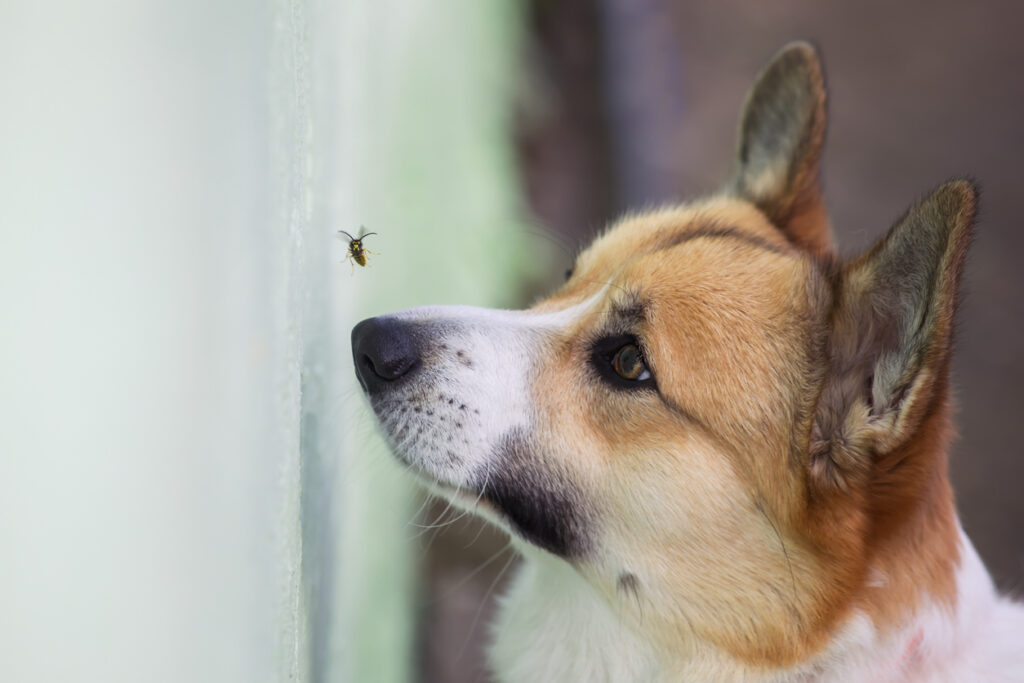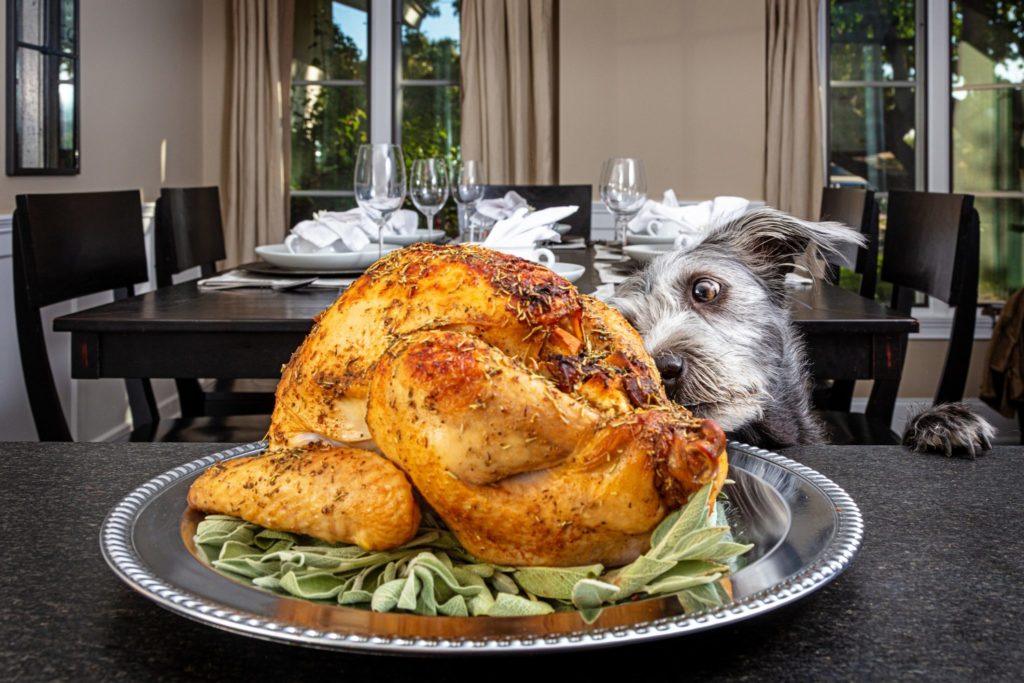A Bee Stung My Dog’s Mouth, What Do I Do?
Dogs are curious creatures and love to explore their surroundings. Sometimes, their eagerness can lead to consequences, such as getting stung by a bee. Bees are an essential part of our environment and play an important role in pollination, but they can also pose a threat to our furry friends. If your dog gets stung by a bee, it’s important to take immediate action to prevent any complications. In this article, we’ll discuss what you can do if a bee stings your dog’s mouth.
Identify the Symptoms
The first step is to identify the symptoms of a bee sting. If your dog is stung by a bee in the mouth, you may notice the following symptoms:
Swelling
The most common, noticeable symptom of a bee sting is swelling. The area around the sting may become swollen and puffy, which can cause pain and difficulty eating or drinking.
Pain
Dogs may exhibit signs of pain and discomfort. They may paw at their mouth, drool excessively or rub their face on the ground.
Redness
You may notice redness and inflammation around the sting site.
Difficulty breathing
If the swelling is severe, your dog may have difficulty breathing because bees sting can cause a dog’s airway to become constricted. If you notice your dog struggling to breathe or gasping for air, seek veterinary attention immediately.
Vomiting
Some dogs may vomit as an early sign of anaphylaxis which can be a life threatening emergency. Seek immediate veterinary care if you notice this developing.
Collapse
In rare cases, dogs can lose consciousness after being stung by a bee. This is a severe reaction and needs immediate veterinary attention.
Pale gums
Severe allergic reactions can cause a dog’s gums to turn pale or white, indicating a lack of oxygen. This is a severe reaction and needs immediate veterinary attention.
Hypersensitivity
If your dog has a history of severe reactions to bee stings or has been diagnosed with a bee sting allergy, it may be more likely to have a severe reaction and require immediate veterinary attention.
Seizures
It’s very rare, but dogs may experience seizures after being stung by a bee. Seizures are a potential symptom of an allergic reaction, which can occur in response to bee stings. If your dog has a seizure after being stung, it’s important to seek veterinary care immediately.
If you notice any of these symptoms, it’s important to act quickly to minimize the effects of the sting.

Remove the Stinger
If you notice a bee sting in your dog’s mouth, it’s important to get rid of the stinger as soon as possible. The longer the stinger stays in the dog’s mouth, the more venom will be released, causing more severe symptoms. Here are the footsteps to remove a bee stinger from a dog’s mouth:
- Use a pair of tweezers: Sterilize a pair of tweezers using alcohol or by boiling them in water for a few minutes. Make sure the tweezers are clean and dry before using them.
- Find the stinger: Precisely examine the dog’s mouth to detect the bee stinger. It may be discernible as a small black dot or a small protrusion on the inside of the mouth.
- Grasp the stinger: After you have to find the stinger, gently grip it with the tweezers as close to the base as possible.
- Pull out the stinger: Carefully remove the stinger in a straight line, without squeezing the venom sac attached to the stinger.
- Clean the area: Once the stinger has been taken out, wash the area around the sting with mild soap and water gently.
Apply Cold Compress
After removing the stinger, apply a cold compress to the affected area. This will help decrease swelling and ease pain. You can use a bag of gel packs or a cold towel. Apply the compress for 10-15 minutes at a time, several times a day. Just be sure not to apply the compress directly to your dog’s skin, as this can cause frostbite.
Administer Medication
It is highly recommended not to administer any medication without consulting your vet. The veterinarian will administer medications like antihistamines, steroids, and/or pain relievers to help lower the swelling and discomfort caused by the sting. Some antihistamines can be toxic to dogs and can cause serious side effects. In more severe cases the vet will administer epinephrine.
Monitor Your Dog
After a bee sting, it’s important to monitor your dog closely. Keep an eye on the swelling and make sure your dog is breathing normally. If the swelling is severe or your dog is having difficulty breathing, seek immediate veterinary care. In some cases, a bee sting can cause anaphylactic shock, which can be life-threatening.
Offer Cool Water
Once you have removed the sting, offer your dog cool water to help soothe any pain or discomfort.
Refrain from Scratching or Licking
If your dog is licking or scratching the area where they have been stung by a bee, it’s important to try and prevent them from further irritating the area. You can do this by gently restraining your dog or distracting them with toys or treats to redirect their attention.
Prevent Future Incidents
The effective way to treat a bee sting in your dog’s mouth is to prevent them from getting stung in the first place, but there are a few prevention methods you can follow:
- Keep your dog away from areas with high bee activity, such as flowering plants or beehives.
- Avoid walking your dog in areas with a high concentration of bees or other flying insects.
- If your dog is known to have a history of chasing or playing with bees, consider using a muzzle during walks.
- Teach your dog basic commands, such as “leave it” and “come,” to help prevent them from getting too close to bees.
- Keep your dog on a leash while outside and supervise them at all times.
- Consider using insect-repellent products that are specifically formulated for dogs. However, it is important to talk to your veterinarian before using any such products, as they can be harmful if not used correctly.
Conclusion
A bee sting can be a painful and uncomfortable experience for your dog. With the right treatment and care, your dog can recover quickly from the sting. Remember to remove the stinger, apply a cold compress, administer antihistamines if necessary, and monitor your dog closely. If you notice any signs of allergic reaction, take your dog to veterinary urgent care.
If your dog is stung by a bee near Fort Worth, TX, bring them to VO Vets. Our team offers urgent care and allergy testing for pets in the Fort Worth region. Give us a call today at 682.350.8890, or Request an Appointment Online. We can’t wait to meet you!



